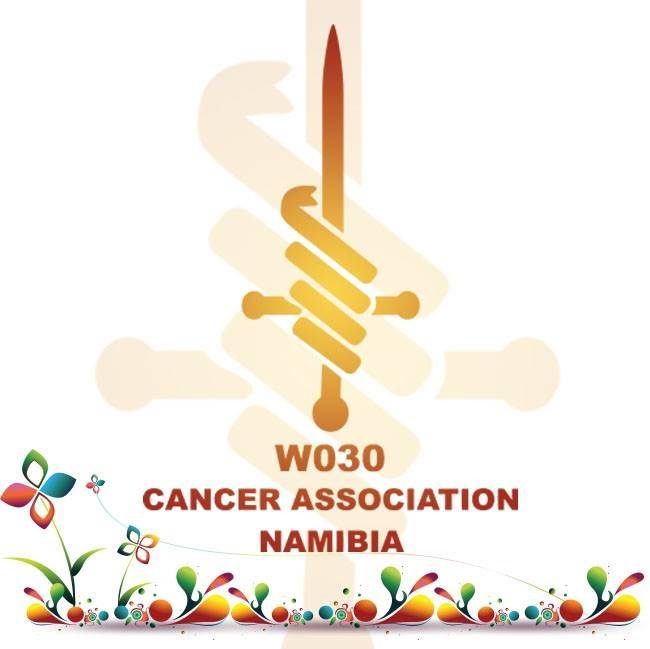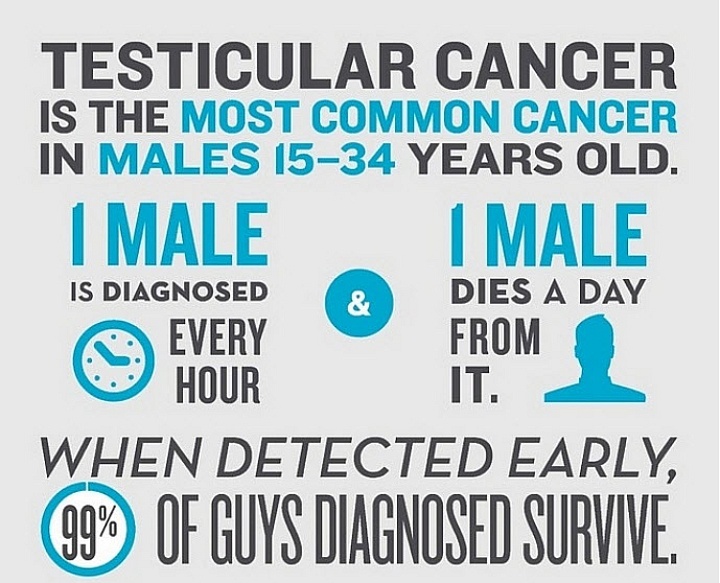
Testicular cancer occurs in the testicles (testes), which are located inside the scrotum, a loose bag of skin underneath the penis. The testicles produce male sex hormones and sperm for reproduction.
Compared with other types of cancer, testicular cancer is rare. But testicular cancer is the most common cancer in American males between the ages of 15 and 35.
Testicular cancer is highly treatable, even when cancer has spread beyond the testicle. Depending on the type and stage of testicular cancer, you may receive one of several treatments, or a combination.
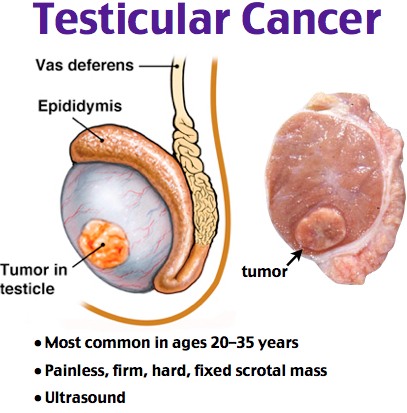
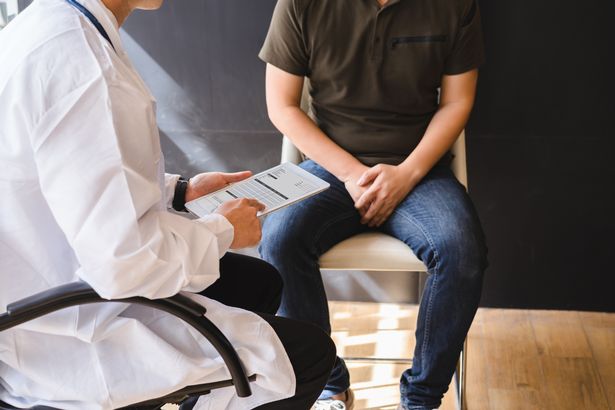
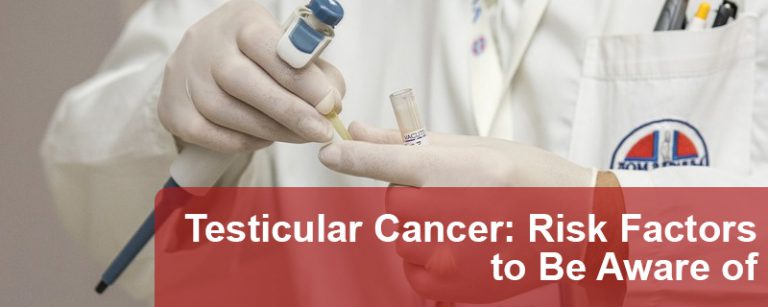
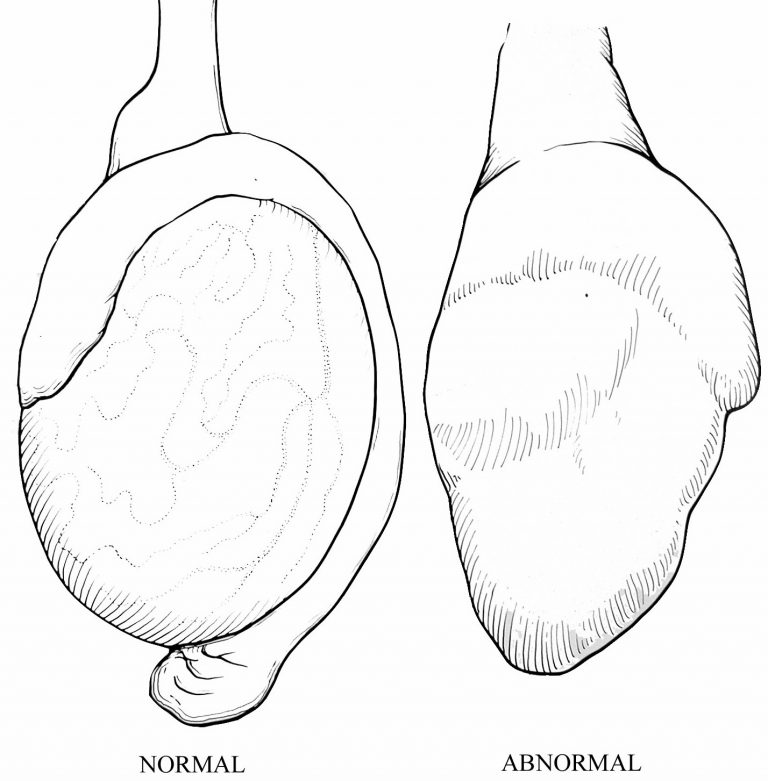
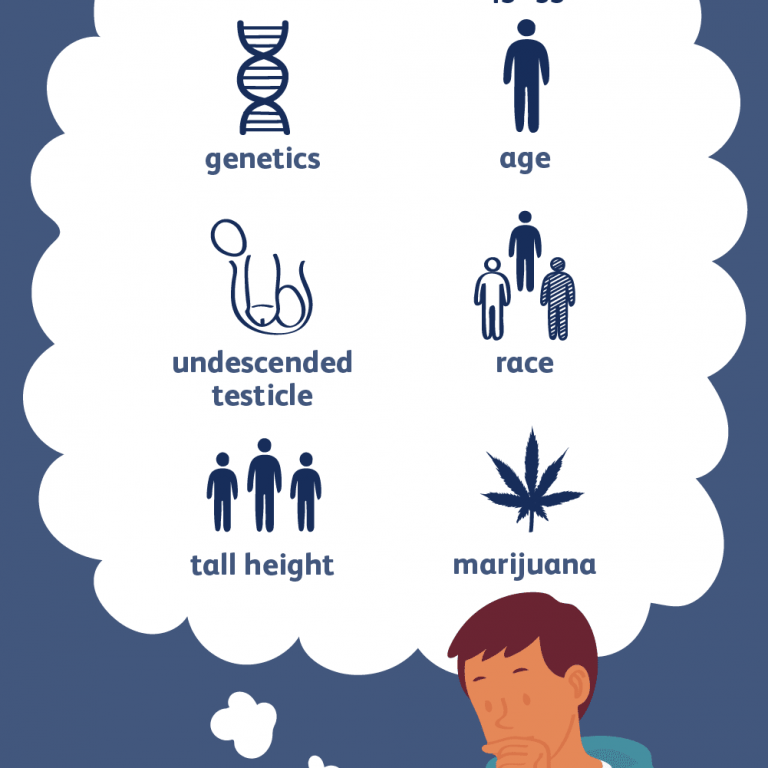
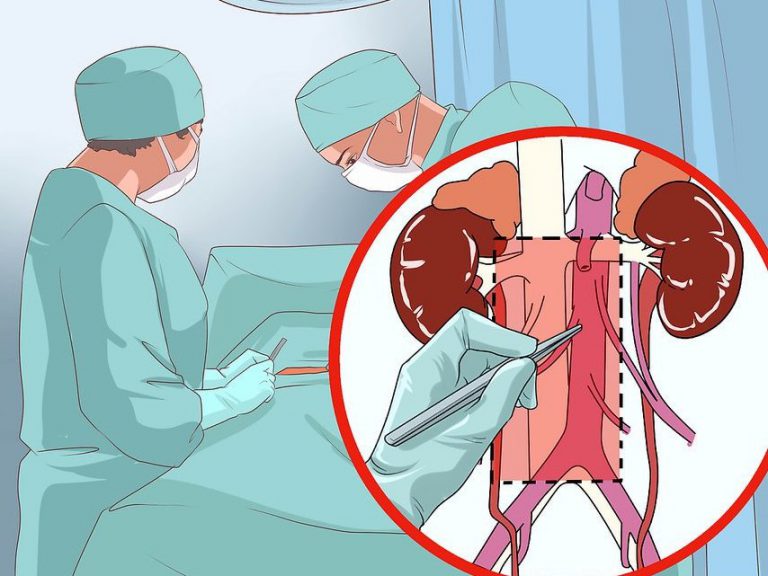
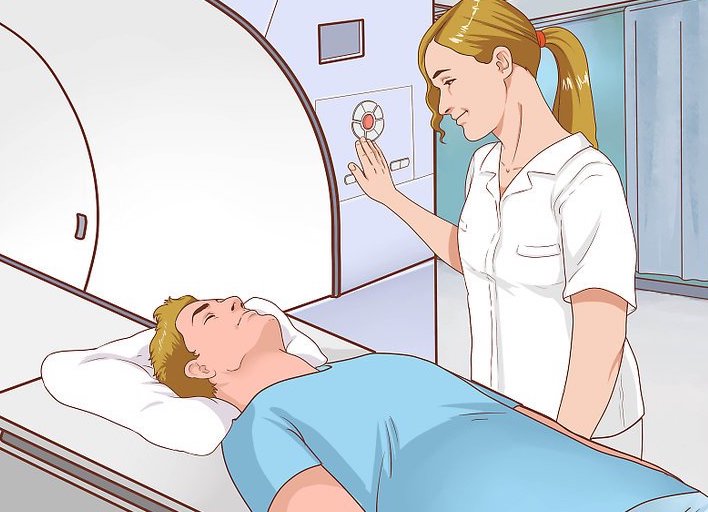
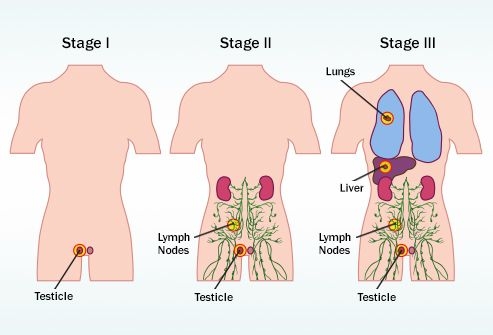
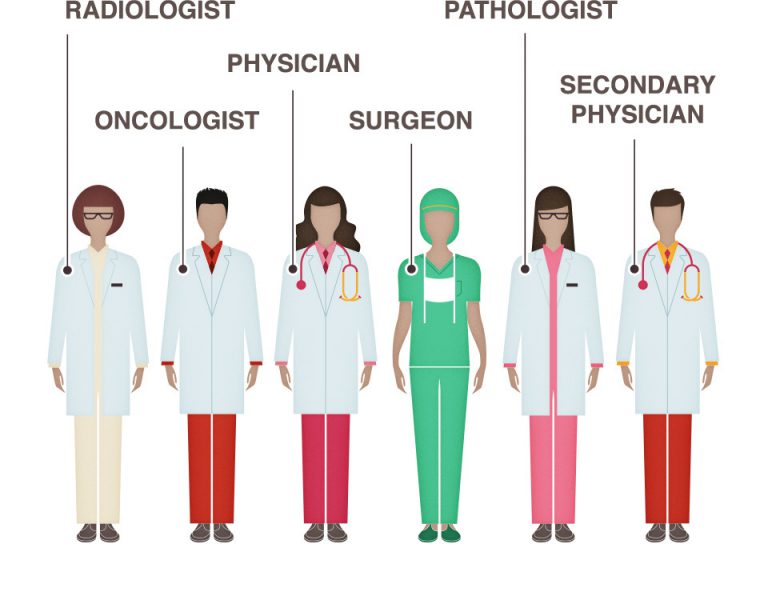
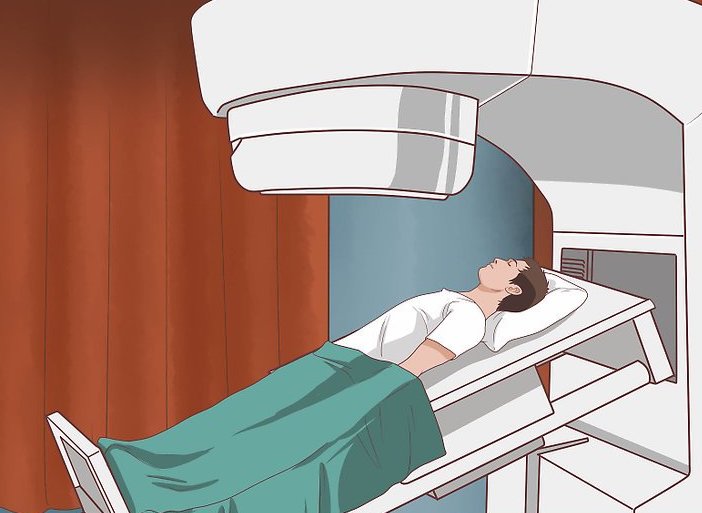
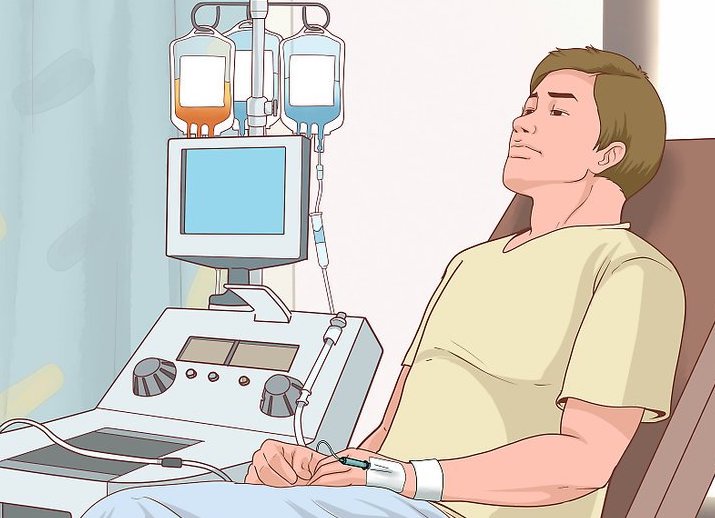
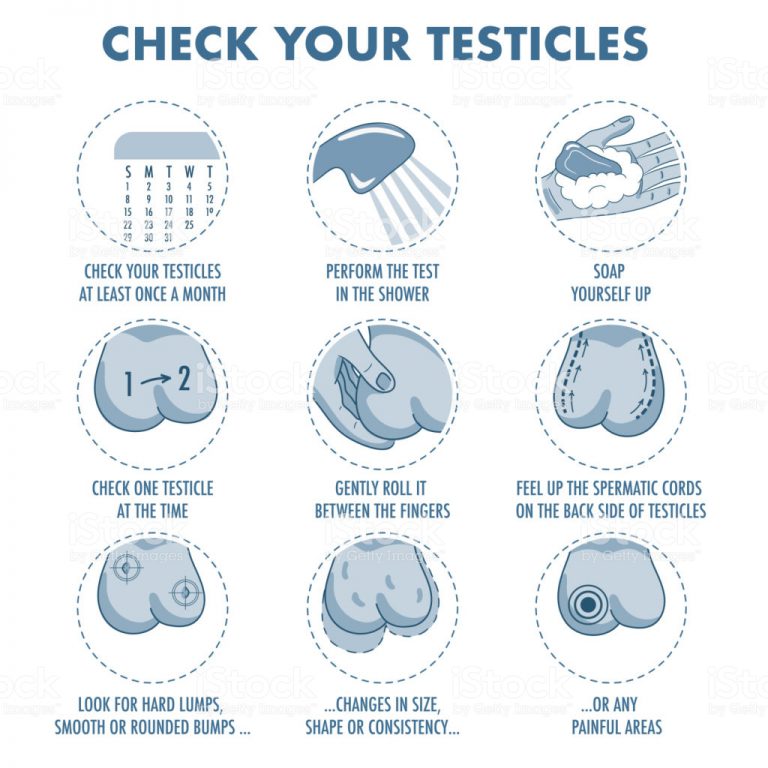
Symptoms
Signs and symptoms of testicular cancer include:
- A lump or enlargement in either testicle
- A feeling of heaviness in the scrotum
- A dull ache in the abdomen or groin
- A sudden collection of fluid in the scrotum
- Pain or discomfort in a testicle or the scrotum
- Enlargement or tenderness of the breasts
- Back pain
Cancer usually affects only one testicle.
When to see a doctor
See your doctor if you detect any pain, swelling or lumps in your testicles or groin area, especially if these signs and symptoms last longer than two weeks.
Causes
It’s not clear what causes testicular cancer in most cases.
Doctors know that testicular cancer occurs when healthy cells in a testicle become altered. Healthy cells grow and divide in an orderly way to keep your body functioning normally. But sometimes some cells develop abnormalities, causing this growth to get out of control — these cancer cells continue dividing even when new cells aren’t needed. The accumulating cells form a mass in the testicle.
Nearly all testicular cancers begin in the germ cells — the cells in the testicles that produce immature sperm. What causes germ cells to become abnormal and develop into cancer isn’t known.
Risk factors
Factors that may increase your risk of testicular cancer include:
An undescended testicle (cryptorchidism). The testes form in the abdominal area during fetal development and usually descend into the scrotum before birth. Men who have a testicle that never descended are at greater risk of testicular cancer than are men whose testicles descended normally. The risk remains elevated even if the testicle has been surgically relocated to the scrotum.
Still, the majority of men who develop testicular cancer don’t have a history of undescended testicles.
- Abnormal testicle development. Conditions that cause testicles to develop abnormally, such as Klinefelter syndrome, may increase your risk of testicular cancer.
- Family history. If family members have had testicular cancer, you may have an increased risk.
- Age. Testicular cancer affects teens and younger men, particularly those between ages 15 and 35. However, it can occur at any age.
- Race. Testicular cancer is more common in white men than in black men.
Prevention
There’s no way to prevent testicular cancer.
Some doctors recommend regular testicle self-examinations to identify testicular cancer at its earliest stage. But not all doctors agree. Discuss testicular self-examination with your doctor if you’re unsure about whether it’s right for you.
How to treat Testicular Cancer
Testicular cancer is cancer that affects the testicles in males, and usually this cancer afflicts younger men between the ages of 25 and 30. This cancer is often curable through proper treatment. Treatment options include surgery, radiation therapy, and chemotherapy. If you have been diagnoses with testicular cancer, learn how to treat the stage of the cancer that is affecting you.
Have the tumor surgically removed. Biopsies for testicular cancer are rarely done because biopsies for this particular cancer increase the risk of the cancer spreading. If a tumor is detected via a clinical diagnosis, ultrasound, and blood tests, then the doctor will remove the tumor in a process called a radical inguinal orchiectomy.
- In addition to the tumor, the testicle and spermatic cord will also be removed. If you remove the entire testicle, you have the option of getting a testicular implant.
- The tumor and other tissue is then sent to a lab to be examined for cancerous cells.
Get imaging tests. If the analysis of the tumor shows that there are cancerous cells, then your doctor will order imaging tests, such as an ultrasound (to check for fluid or for a solid mass), x-rays, MRIs, CT, PET, or bone scans. The doctor will need images of your body to determine certain important things about your cancer.[3]
- Imaging tests will be used to determine if and where the cancer has spread. These tests can help the doctor detect if the cancer has spread to other areas, like the lymph nodes or other organs. A CT scan is recommended if there is suspected metastatic spread to the pelvis and thorax.
- Imaging tests are also used to see if the treatment is working and if the cancer is returning after treatment.
Determine the stage of the cancer. Testicular cancer is divided in stages. The stage of the cancer refers to the severity of the cancer. The stage is determined from the examination of the tumor, where the cancer cells are studies in a lab. Your treatment depends on the stage of cancer, so you will always get your cancer staged when you get diagnosed.[4]
- Stage 0 testicular cancer occurs when abnormal cells are found in the testicles. The cells may evolve into cancer, but at this stage they are just abnormal. This may be something like a testicular scar.
- Stage I cancer is discovered after the testicle(s) is removed. Stage I cancer occurs when the cancer is either in the testicle or the membranes around the testicle. Stage I may also be in the spermatic cord or scrotum. Surgery and close monitoring may be all the treatment that is needed for stage I. Sometimes, chemotherapy or radiation is also used.
- Stage II cancer is when the cancer is in the testicle, scrotum, and spermatic cord, along with the lymph nodes in the abdomen. Stage II often is treated with radiation therapy. Sometimes, mild chemotherapy is also used.
- Stage III cancer has the same markers as stage II but has also spread to lymph nodes beyond the abdomen, to the lungs, or other parts of the body. Surgery is often needed to remove tumors in other parts of the body, along with chemotherapy.[5] Chemotherapy may involve cisplatin based combination therapy with three cycles of bleomycin, etoposide, and cisplatin. However, men with compromised pulmonary function have to be careful if they are on bleomycin because this chemotherapy can cause lung injury.
Develop your treatment team. You will work with a treatment team when you undergo treatment for testicular cancer. Your team will vary depending on what the stage of your cancer is and your options for treating that stage.[6]
- You will probably have a urologist, physician assistant, nurses, and nurse practitioners.
- If you have radiation therapy, you will have a radiation oncologist. If you undergo chemotherapy, you will have a medical oncologist.
- You may also have social workers or other mental health professionals, physical therapists, or other professionals.
Radiation therapy. Radiation therapy is a common cancer treatment for stage II cancer. During radiation therapy, high-powered x-rays and other radiation are used to stop the growth and kill cancer cells. Radiation therapy is most commonly used to destroy cancer cells in the lymph nodes.
- Radiation is done externally by placing the machine over the affected area. Radiation therapy is painless.
- Radiation is sometimes used with early stage II cancers to kill any cancer cells that may be developing in the lymph nodes.
- Radiation is used in stage III when the cancer has spread metastatically to other parts of the body.
Undergo chemotherapy. Chemotherapy is a drug treatment for testicular cancer that is generally injected directly into the vein with a needle. The injected drug travels through the body to get to the cancer cells. This treatment finds and kills cancer cells not attached to the tumor that are floating through your body.
- Chemotherapy is generally used with stage I, II, or III cancer when the cancer has moved beyond the testicle. If the cancer is only in the testicle, chemotherapy will not be used. Chemotherapy is also used when the cancer is recurrent.
- Chemotherapy, usually a cisplatin based therapy, is administered in cycles of treatment and rest. The treatment may take weeks or months to complete.
Remove the lymph nodes in your abdomen. If you have some types of stage I or II cancer, you will need to have the lymph nodes in your abdomen removed. This is done in a process called a retroperitoneal lymph node dissection (RPLND). The surgery is done via an incision in the abdominal region, and the lymph nodes are removed from the back of the abdomen.
- Removing the lymph nodes may cause damage to nearby nerves, which can lead to problems with ejaculation.
